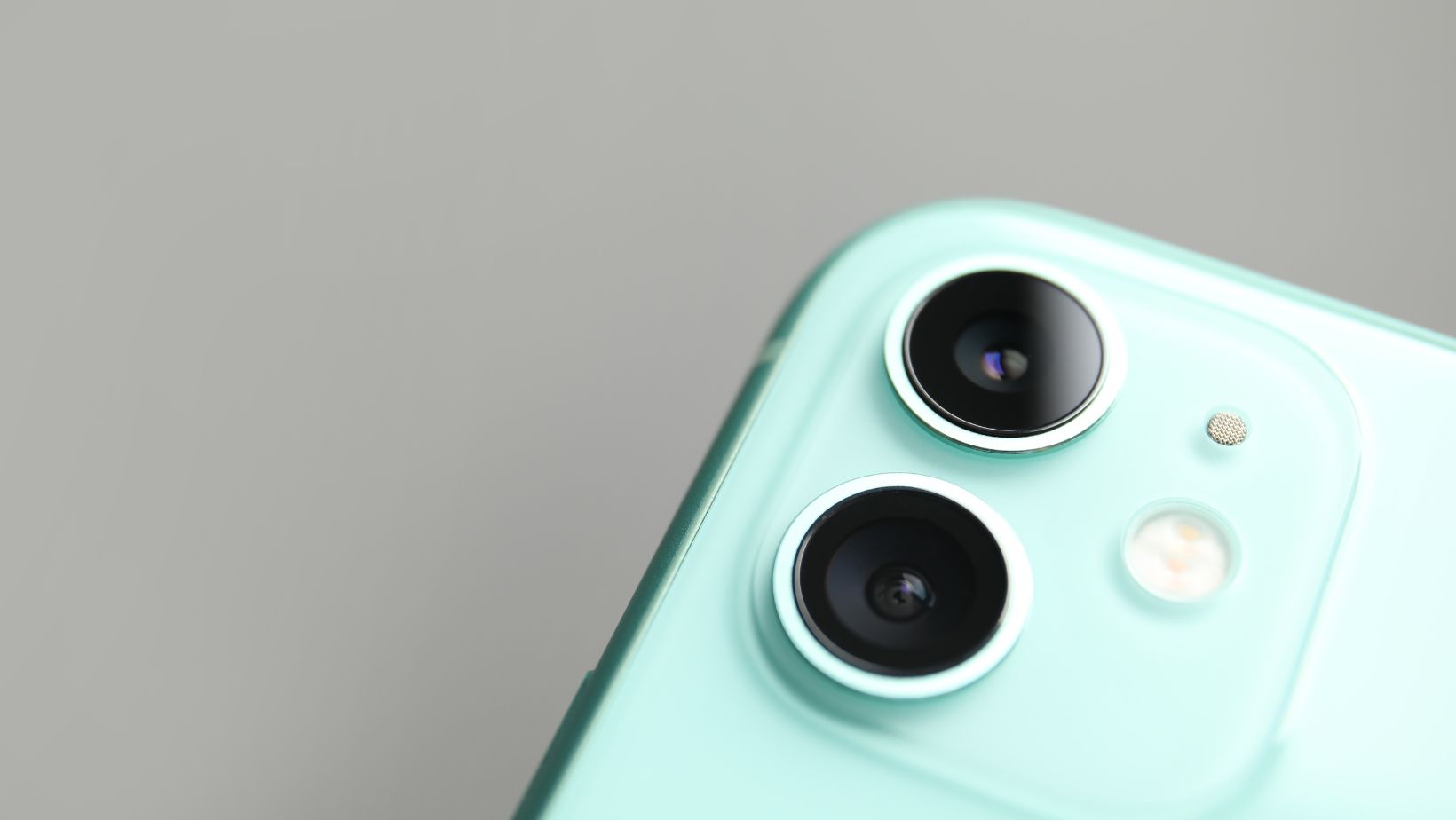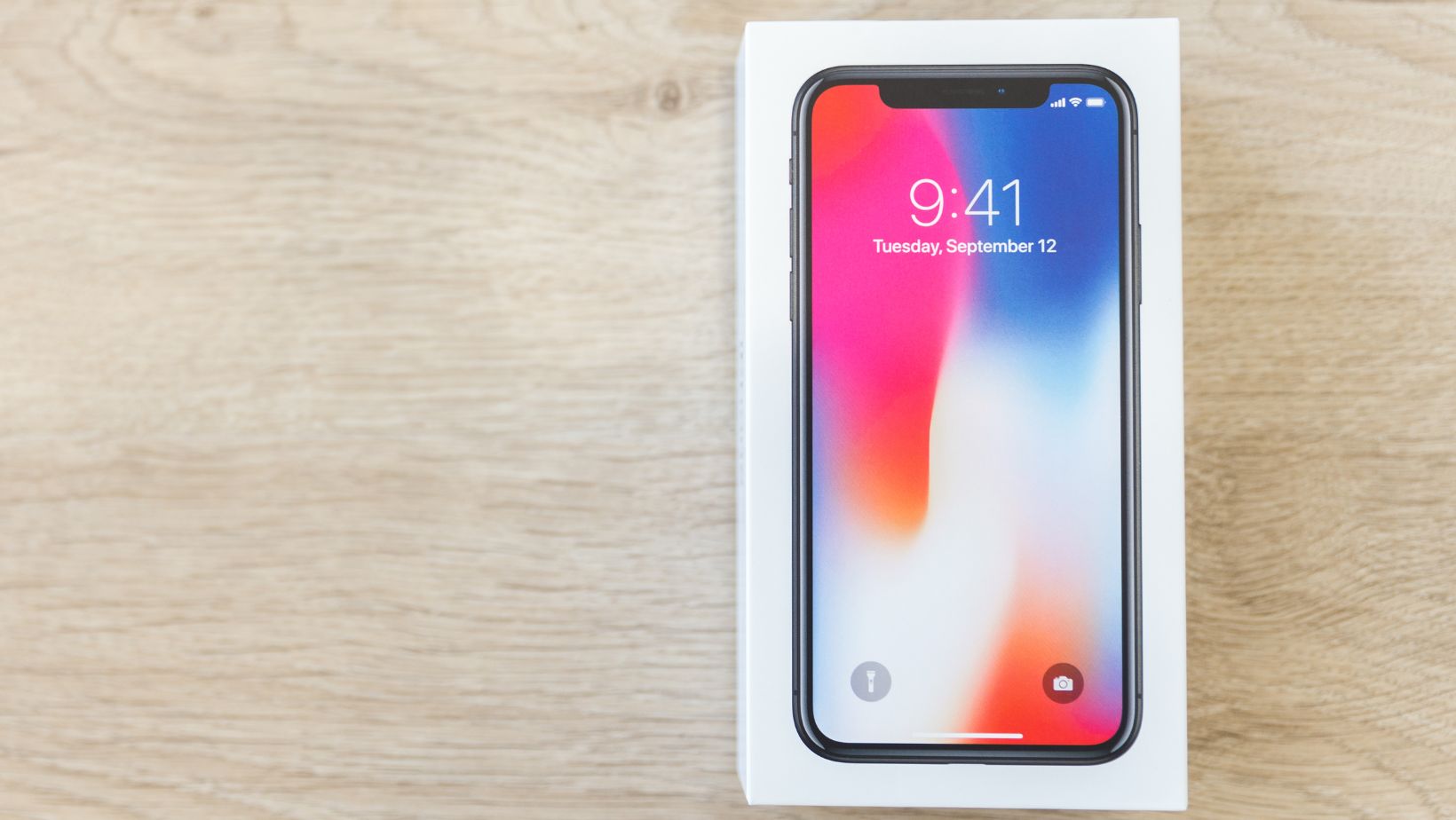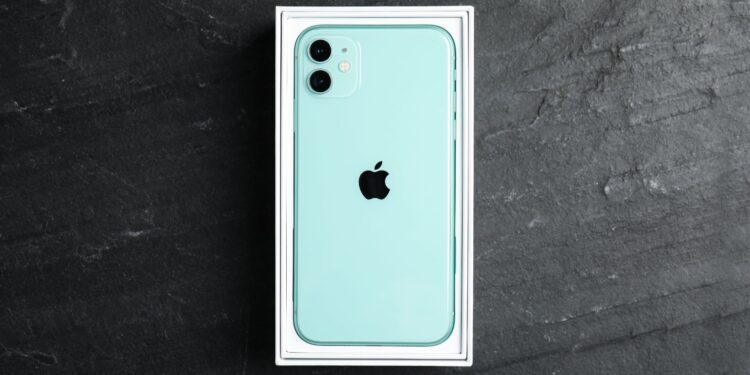The iPhone X (10) is a high-end smartphone that comes with innovative features and advanced technology. However, like any product, it has its drawbacks that potential buyers should be aware of before making a purchase decision.
| Drawback | Description |
| High Cost | The iPhone X is more expensive than other models in the iPhone line-up, making it unaffordable for some people. |
| No Touch ID | Instead of Touch ID, which is a more familiar and easy-to-use feature for many people, the iPhone X uses Face ID. Some users may find it difficult to adjust to this new feature. |
| Fragile Design | The iPhone X has an all-glass design, which makes it fragile and prone to damage. |
| No Home Button | The removal of the home button may affect the user experience, as users will have to learn new navigational gestures. |
| Battery Life | The iPhone X’s battery life is not as good as other high-end smartphones, making it necessary to carry a charger or power bank. |
Overall, the iPhone X is an excellent smartphone, but buyers should consider these drawbacks before making a purchase decision.
Battery Life Drawbacks
One of the biggest drawbacks of the iPhone 10 is its lack of battery life. Although it is equipped with an A11 Bionic chip and a powerful battery, the battery can’t last as long as some of its predecessors. This can be a major issue for some users who are concerned about battery life.
We will now explore the other potential drawbacks of the iPhone 10.
Battery drains quickly when using power-hungry features
The iPhone 10 has some power-hungry features that can cause the battery to drain quickly. These features include:
| – Display: The OLED screen on the iPhone 10 is beautiful but can consume a lot of power. |
| – Camera: The dual-lens camera system on the iPhone 10 is powerful, but it can drain your battery quickly, especially if you use features like Portrait Mode, which require a lot of processing power. |
| – Location services: Keeping the GPS on all the time, along with other location-based apps, can significantly reduce your iPhone’s battery life. |
| – Augmented Reality: AR apps are becoming more popular, but they can also be battery hogs. |
Pro tip: To extend your iPhone 10’s battery life, you can try disabling location services for apps that don’t need it, lowering your screen brightness, and closing apps that you’re not using. You can also invest in an external battery pack or a battery case for your phone to keep it powered up on the go.
Fast battery degradation with regular use
One of the drawbacks of the iPhone 10 is its fast battery degradation with regular use. Although it comes with a lithium-ion battery, users have reported that the battery life starts decreasing after a few months of use. This issue can be attributed to several factors, including the phone’s high-performing features, excessive usage, and the battery’s age.
To prevent fast battery degradation, users can take the following measures:
| Measure | Action |
| Enable low-power mode | Limit battery usage by non-essential features |
| Turn off location services, Bluetooth, and background app refresh | When not in use |
| Decrease the screen brightness | Lock the screen after use |
| Avoid exposing the phone to extreme temperatures or direct sunlight |
Regular battery maintenance can help prolong the life of the battery and prevent sudden shutdowns or other issues. It is also advisable to replace the battery periodically to ensure optimal performance.
Pro Tip: To check your battery’s health, go to Settings > Battery > Battery Health.
Limited and expensive options for battery replacement
One of the drawbacks of iPhone 10 is its limited and expensive battery replacement options. Unlike earlier iPhone models, the iPhone 10’s battery is glued to the back cover of the phone, making it difficult and risky to replace the battery on your own.
Here are some of the drawbacks of limited and expensive battery replacement options:
| 1. | You will have to spend more money to get the battery replaced by an authorised service provider. |
| 2. | Limited options can lead to delays in getting your battery replaced, which can be inconvenient and frustrating. |
| 3. | The limited lifespan of iPhone 10 battery can be a major issue for heavy users who need to rely on their phone throughout the day. |
Pro Tip: To conserve your iPhone 10’s battery life, reduce the brightness of the display and turn off unused apps and notifications.

Display and Size Drawbacks
The iPhone 10 has several drawbacks relating to its display and size. The display resolution is lower than that of some other phones, and the overall size of the phone can be off-putting to some users.
In this article, we will explore these two drawbacks in depth and provide an analysis of how they impact an iPhone 10 user’s experience.
Display is prone to scratches and cracks
One of the major drawbacks of the iPhone X is that its display is prone to scratches and cracks. The device’s OLED display is more fragile than previous iPhone models due to its larger size and thinner screen.
Additionally, the phone’s all-glass construction also increases the likelihood of damage from drops and impacts. Repairing an iPhone X display can be costly, often requiring a full replacement rather than a simple repair. While protective cases and screen protectors can provide some level of defence against damage, they can also detract from the device’s sleek design.
It’s important to handle your iPhone X with care and invest in protective accessories to minimise the risk of damage to your device.
Pro tip: If your iPhone X does get damaged, make sure to take it to an authorised repair centre to ensure proper repairs and avoid voiding your warranty.
Large size makes it difficult to use with one hand
The large size of the iPhone 10 can make it challenging to use with one hand, particularly for those with smaller hands or limited dexterity. The phone’s 5.8-inch screen and weight may also make it difficult to hold for extended periods.
While the larger size allows for a bigger display, it also means that it may not fit comfortably in pockets or small bags. Plus, larger size may become an aesthetic issue for some who prefer more compact phones.
To address these challenges, consider using a phone grip or pop-socket to help secure the phone in your hand, or investing in a smaller phone model.
Face ID fails to work properly in certain situations
Face ID, the facial recognition technology featured in the iPhone X, can experience problems in certain situations, which can be considered as drawbacks of the device. For example, if the user is wearing a hat or sunglasses, or if the lighting is dim or too bright, Face ID may fail to work properly.
Other drawbacks of the iPhone X include its smaller display size compared to other smartphones in its price range and the fact that it lacks a headphone jack, requiring users to purchase wireless headphones or an adapter.
However, the device comes with many benefits as well, such as its high-quality camera, sleek design, and large storage capacity, which may outweigh these drawbacks for many users.
How Much Does Iphone 10 Cost
The iPhone 10 is one of the most popular phones on the market, but like any product, it has some drawbacks. In this article, we will focus on two of the primary drawbacks to the iPhone 10: the price and storage.
Let’s go into the details of why these drawbacks are worth considering before making the purchase.
High price compared to competitors
One major drawback of the iPhone 10 is its high price compared to its competitors. While the iPhone 10 offers several new innovative features, such as facial recognition technology and an edge-to-edge display, it comes at a steep price point that may not be affordable for everyone.
In addition, the iPhone 10 has storage limitations as it does not offer expandable storage options. Users must rely on the phone’s internal storage or opt for a more expensive model with higher storage capacity.
To make the most of the available storage, users may have to subscribe to cloud storage services or regularly transfer files to a computer or external hard drive.
While the iPhone 10 is an impressive device, its high price and storage limitations may be significant drawbacks for some users who are looking for a more affordable and versatile device.

Limited storage with no microSD card slot
The iPhone 10 has limited storage and no microSD card slot, which presents a few drawbacks for users.
Without the option of expanding storage with a microSD card, users are limited to the internal storage capacity of the device. The iPhone 10 comes with a minimum internal storage capacity of 64GB, which some users may find insufficient depending on their usage habits.
Additionally, the lack of a microSD card slot means that users cannot easily transfer files between different devices or use the microSD card as a backup for important data. In case of device loss or damage, users must rely on cloud storage or manual backup methods to secure their data.
However, it should be noted that Apple offers several options for cloud storage and automatic backups through its iCloud service, which may alleviate the storage and backup concerns for some users.
Fast charging requires additional purchases
One of the drawbacks of iPhone 10 is that fast charging requires additional purchases, which can be a hassle and an added expense on top of an already expensive phone.
In order to fast charge your iPhone 10, you need to purchase a USB-C to Lightning cable and a USB-C power adapter, which can cost upwards of $50. And even with these additional purchases, fast charging is not as fast as some other smartphone models on the market.
Additionally, iPhone 10 lakhs expandable storage, meaning that you cannot insert an external memory card to add more storage space to the device. This can be frustrating for heavy phone users who need a large amount of storage for apps, photos, and videos.
Pro Tip – Investing in an external hard drive or regularly backing up your phone’s data can help alleviate the storage issue on your iPhone 10.
Audio Drawbacks
The iPhone 10 has been noted to have some audio drawbacks. While the hardware of the device is cutting-edge, with a great camera and display, users have reported issues with the volume, sound quality, and settings of the device.
In this article, we’ll discuss some of the audio drawbacks of the iPhone 10 and provide some tips on how to remediate them.
No headphone jack
One major drawback of the iPhone 10 is the absence of a headphone jack. Users are now required to use the lightning port or wireless headphones to listen to music or make phone calls.
This poses a number of inconveniences, including the need to constantly recharge wireless headphones or purchase adapters to use traditional headphones. Additionally, those who prefer to use wired headphones may experience a decrease in sound quality due to the need to convert the signal from digital to analog.
On the other hand, Apple claims that the removal of the headphone jack has allowed for the inclusion of new features such as increased water resistance and improved battery life.
Pro tip: If you prefer to use wired headphones, consider purchasing a lightning to 3.5mm headphone jack adapter to connect your favourite pair of headphones to your iPhone 10.
Inconsistent noise cancellation features
While the iPhone 10 boasts of some impressive features, one drawback is its inconsistent noise cancellation capabilities. It doesn’t completely cancel out background noise during phone calls, which can be a major inconvenience for users.
The noise-cancelling feature on iPhone 10 uses two microphones to cancel out background noise, however, it fails to remove all background noise, making it difficult for people to hear the speaker clearly.
This can be especially problematic in noisy environments, such as a busy street or a crowded coffee shop. The lack of consistency in its noise cancellation feature may be a major drawback for professional or business users who need clear communication on calls.
It’s important for potential buyers to consider the noise cancellation feature’s limitations and determine if it’s a major deal-breaker or not. However, it’s worth noting that the iPhone 10 makes up for this drawback in other areas such as its camera capabilities, user interface, and overall performance.
Speaker quality is average compared to competitors
The audio quality of the iPhone 10 is average compared to other smartphones in the market, which can be considered a drawback of this device. While the phone has stereo speakers, they are not as loud or as crisp as some of its competitors. Additionally, the lack of a headphone jack limits audio options and can be frustrating for users who prefer wired headphones. However, the phone does come with a lightning-to-3.5mm adapter for those who wish to use their wired headphones. It’s worth noting that the phone’s audio quality can also be affected by its protective case, which may muffle the speakers.
Overall, while the iPhone 10 has some audio drawbacks, it’s not a dealbreaker for most users who prioritise other features such as camera quality and design.
Software and Updates Drawbacks
The iPhone 10 is one of the most popular and well-known models of iPhone on the market. However, like any device, it has its drawbacks. In this section, we’ll look at the drawbacks of the iPhone 10 as it relates to software and updates.
We’ll discuss the issues that arise when it comes to app compatibility, regular updates, and more.
Frequent software updates deplete storage
It is a commonly known fact that frequent software updates can quickly deplete the storage on your phone, including the iPhone 10. Due to the iOS system’s large size, each new update can take up a significant amount of storage. This results in reduced space for music, pictures, and other files.
Additionally, updating to the latest software version can cause compatibility issues with your existing apps or software. In some cases, previously installed apps may become obsolete or malfunction due to the new changes.
Pro Tip: To minimise the storage and compatibility issues, it is recommended to delete unnecessary files and apps before updating the software. You can also use cloud storage to store your files to free up some storage space.

iOS restricts customization options
One of the major drawbacks of the iPhone 10 is that iOS restricts customization options, limiting the ability of the user to personalise their device.
iOS has always been known for its simplicity and ease of use, but this comes at the cost of customization. While Android offers a wide range of customization options, iOS users are limited to changing only basic features like wallpapers, app icons, and ringtones.
This lack of customization can be frustrating, especially for users who want to create a unique look and feel for their device. However, some third-party apps like Launch Center Pro and Workflow can help to unlock some extra customization features.
Some users may find the UI to be outdated or overly simplistic
One of the drawbacks of the iPhone 10 is that some users may find its software and updates to be outdated or overly simplistic, especially when compared to Android devices.
While the iPhone 10 has a smooth and intuitive user interface, it lacks certain customization options that Android users enjoy, such as widgets and app icon packs. Additionally, some users may find the design aesthetic of the iPhone’s operating system to feel stale or unexciting over time.
However, it is worth noting that the iPhone 10’s software is consistently updated with bug fixes and new features, ensuring that it remains functional and up-to-date. Additionally, the operating system’s simplicity may actually be a benefit to users who prefer a streamlined and hassle-free user experience. Ultimately, the decision between an iPhone and an Android device often comes down to personal preference and needs.














